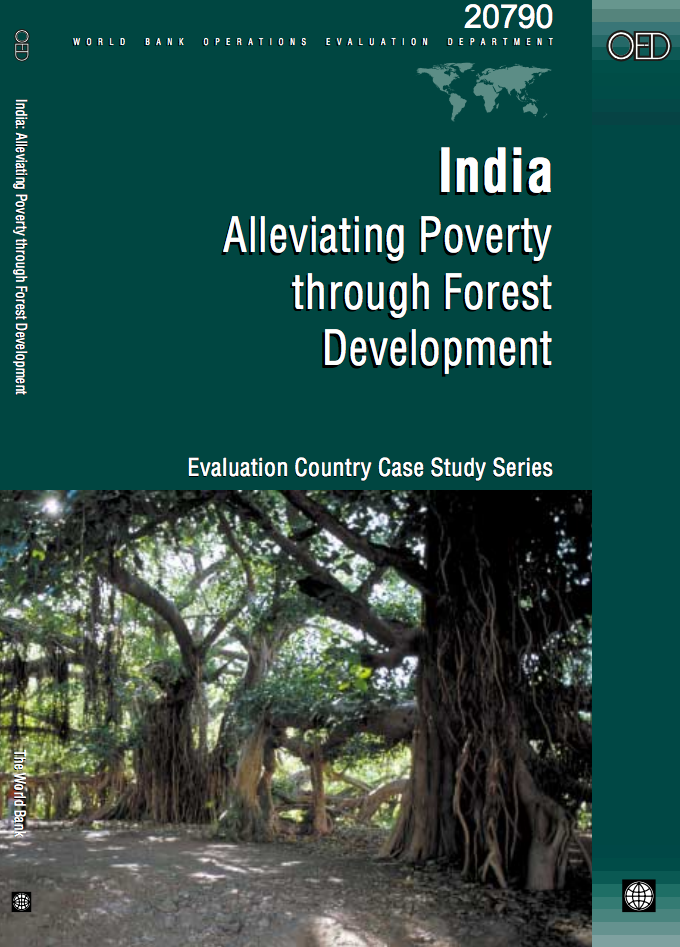The Effect of Climate and Technological Uncertainty in Crop Yields on the Optimal Path of global land use
The pattern of global land use has
important implications for the world's food and timber
supplies, bioenergy, biodiversity and other eco-system
services. However, the productivity of this resource is
critically dependent on the world's climate, as well as
investments in, and dissemination of improved technology.
This creates massive uncertainty about future land use
requirements which compound the challenge faced by




